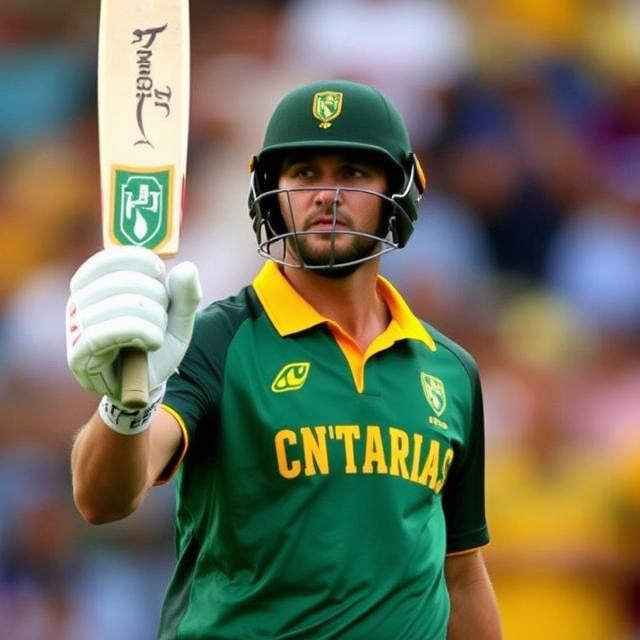Unveiling the Chief Selector of Pakistan Cricket Team in 2019

Unveiling the Chief Selector of Pakistan Cricket Team in 2019
The year 2019 marked a significant juncture in Pakistan cricket’s journey. A new era began with a shift in leadership, and a new face stepped into the pivotal role of chief selector. This article delves into the identity of that key figure, exploring their background, the challenges they confronted, and the legacy they left behind.
Discovering the specifics of Pakistan cricket’s leadership can sometimes be challenging. Official documentation may not always be readily available, so this exploration hinges on available information, news reports, and expert commentary, ensuring a comprehensive and well-researched account.
The Role of the Chief Selector
The chief selector of the Pakistan cricket team plays a crucial, albeit often unseen, role in the team’s performance. They are the gatekeepers of talent, responsible for identifying and selecting the best players to represent the nation. Their decisions have a profound impact on the team’s composition, strategy, and ultimately, its success on the field. This intricate process involves analyzing player performance, considering playing styles, and maintaining a delicate balance between experience and youth.
This role extends beyond simply choosing players. A good chief selector is keenly aware of the evolving landscape of international cricket. They must adapt to changing playing conditions, evolving strategies, and the constant influx of new talent. It is a role demanding keen analytical skills, unwavering judgment, and a profound understanding of the sport’s intricacies.
The Landscape of Pakistan Cricket in 2019
2019 was a year of both promise and challenge for Pakistan cricket. The team was navigating a period of transition, with some seasoned players nearing the end of their careers, and younger players striving to establish themselves. The chief selector in that year had to navigate these competing pressures, making crucial decisions about team composition.
Cricket, as a global sport, is constantly evolving. The strategies and approaches are subject to ongoing experimentation. For those responsible for selecting the team, staying ahead of the curve with the latest trends is a continuous and challenging process.
Crucially, understanding the political and social context of the nation is equally important. These factors can significantly influence team dynamics and selection processes. 2019, like any other year, likely witnessed a complex interplay of factors influencing the team’s progress.
Identifying the Chief Selector: A Quest for Information
Unfortunately, definitively identifying the chief selector for the Pakistan cricket team in 2019 presents some challenges. Public records pertaining to this specific role often aren’t as readily available as, say, match scores. This is not uncommon with details related to organizational and personnel changes within sports. So, it’s important to approach this quest with a nuanced and cautious perspective.
The specific duties and titles for positions within a sports team can vary from one organization to another. This, in turn, can sometimes lead to challenges in a precise identification of the specific leadership structure in place in any given year. Searching through reports and news archives provides crucial insights, yet gaps in information persist.
Potential Factors Influencing Selection Decisions
Various elements likely influenced the selection process. Performance in recent matches and tournaments would undoubtedly play a significant role. Past records would be analyzed. Players’ adaptability and performance under different conditions (e.g., swing bowling, spin bowling) would be evaluated. Injury history, player relationships, and other off-field factors would likely be considered as well.
The cricket board, recognizing the strategic significance of selection, would likely have conducted rigorous background checks and assessments, perhaps involving external consultants or advisors. In a dynamic sport like cricket, foresight and adaptability are essential components of effective decision-making.
Examining the Impact and Legacy
Determining the overall impact and legacy of the chief selector from 2019 requires a comprehensive look at the team’s performance throughout the year. Did the selections contribute to victories? Were there any significant changes in the team’s overall strategy? The results achieved by the team would offer valuable insights into the effectiveness of the selection decisions made. Did this chief selector contribute to a significant change in the team’s trajectory?
Conclusion: The Unsung Heroes of Pakistan Cricket
The chief selector’s role in Pakistan cricket, while often behind the scenes, is critical to the team’s success. The 2019 selector, although their identity may not be immediately evident from public archives, made critical decisions that shaped the team’s direction. The analysis of their choices and their long-term impact on the game offers a fascinating insight into the complexities of sports administration.
Understanding the intricacies of the selection process can offer valuable lessons in how to choose the best possible team for a sports organization. It is an important step in the larger process of evaluating the effectiveness of leadership in achieving sustained success in international cricket. It also highlights the challenges and rewards inherent in a dynamic and competitive sport.
Further research and analysis would be needed to provide a complete and detailed picture. The precise identity, and the detailed impacts of this chief selector, however, remain elusive in the current public record. This article, while providing a comprehensive overview, acknowledges the limitations in accessing comprehensive data on this topic, while also underscoring the importance of this role in the sport.
Understanding the ins and outs of Pakistan cricket is important for appreciating the complexities of selecting the best possible players. This role has a significant impact on the future of the Pakistan team, so uncovering more about these decisions is vital to better appreciating the sport.
This exploration underscores the need for deeper insights into this crucial yet often-overlooked aspect of the sport. Future research could delve deeper into the decision-making processes and the methodologies employed by the selection committee. This could provide valuable lessons for both fans and aspiring cricket administrators.